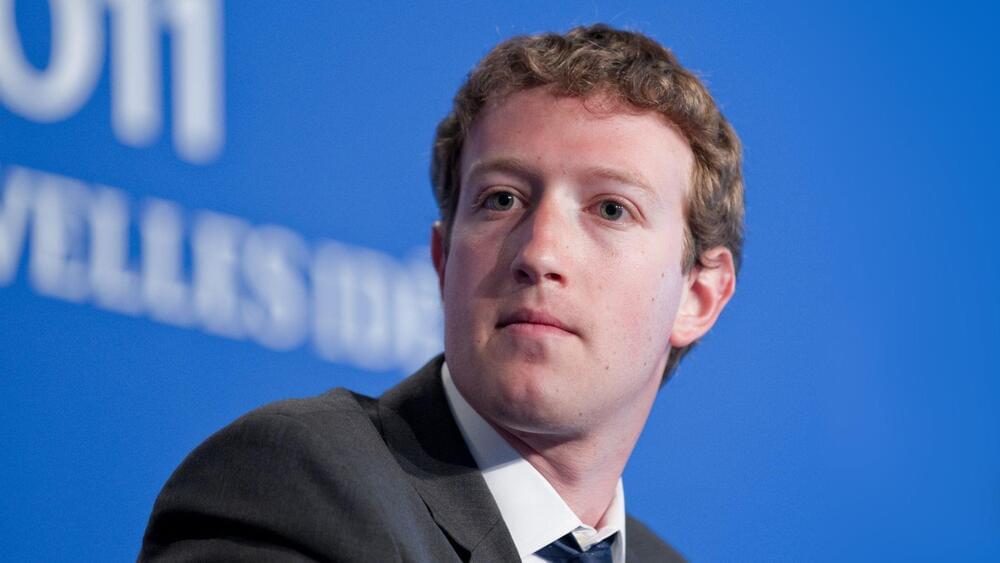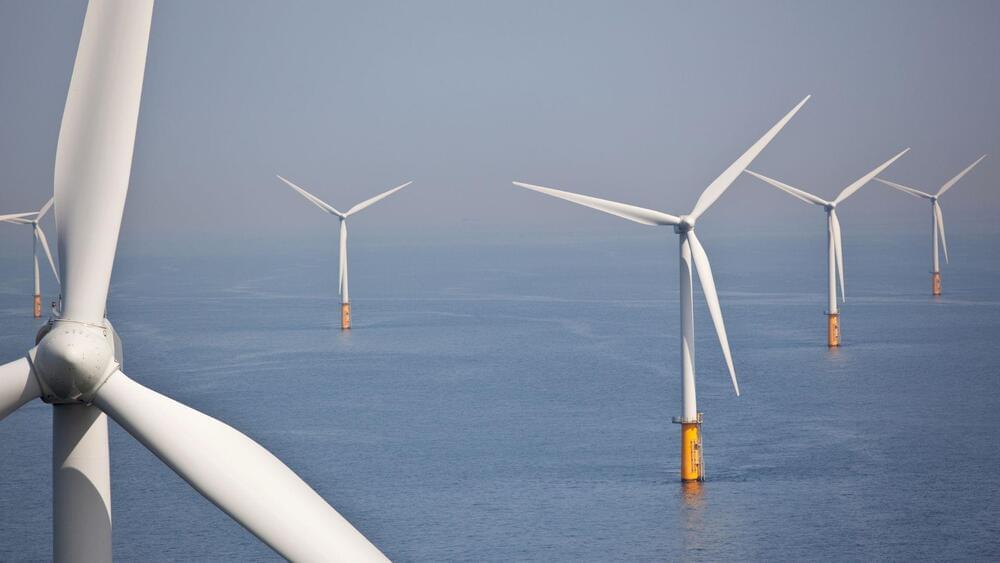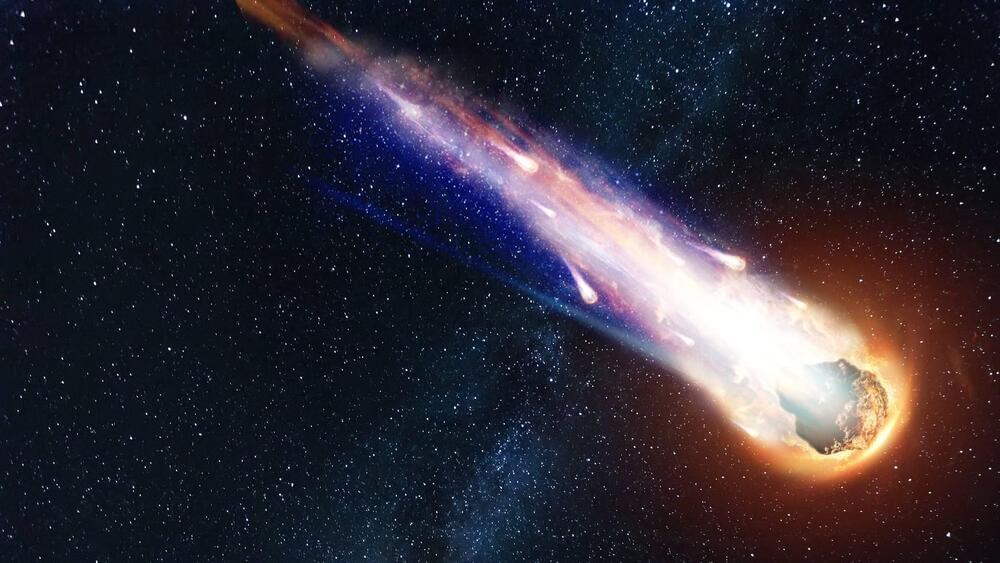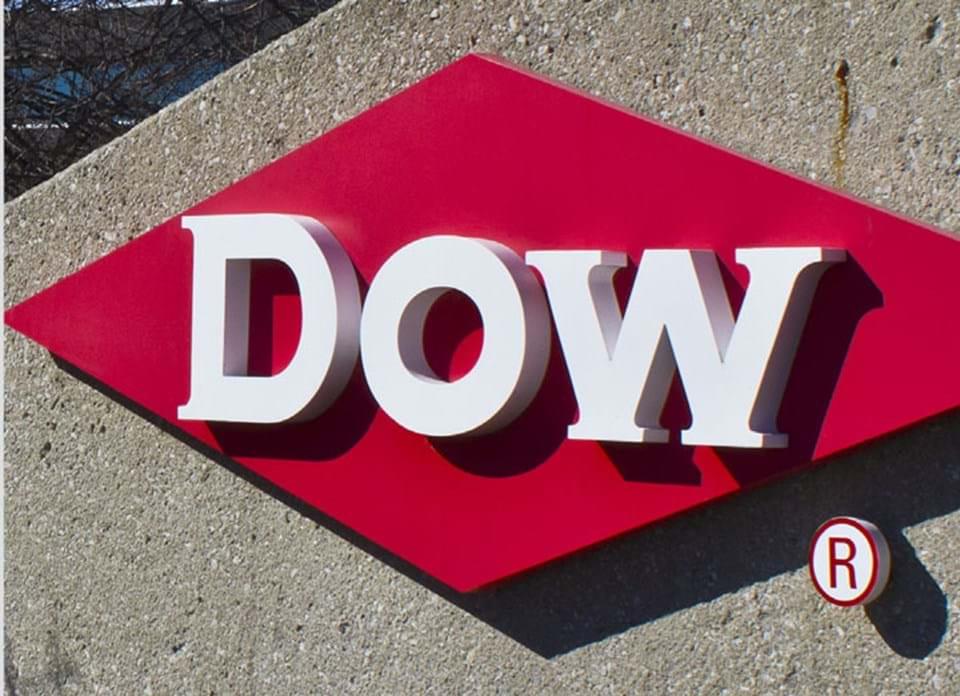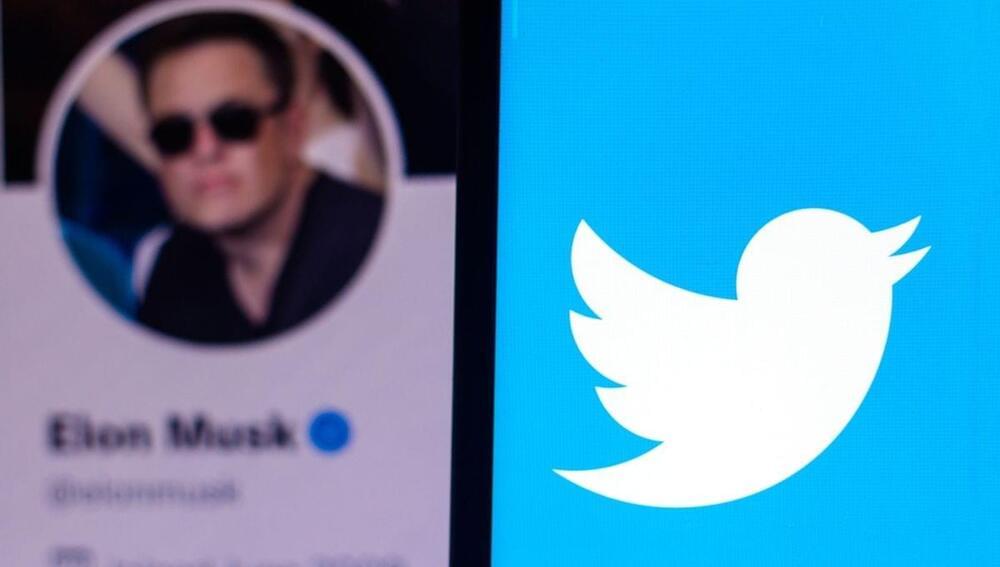It’s going to get even worse, says the CEO in the earnings call.
Mark Zuckerberg’s dream of building the future of the internet is costing Meta billions of dollars every quarter. In the quarterly earnings call on Wednesday, Reality Labs, Meta’s division tasked with building the metaverse, reported a loss of $3.67 billion in the period between July through September, up from $2.8 billion in the previous quarter, Engadget.
IStock/COM & O
What is making it the talk of the town is the fact that Meta is spending billions every quarter and has raked up losses close to $20 billion since the rebrand. This is especially worrying for the company’s investors, who expect the economy to take a downturn soon and are wondering when the madness at Meta will stop.
